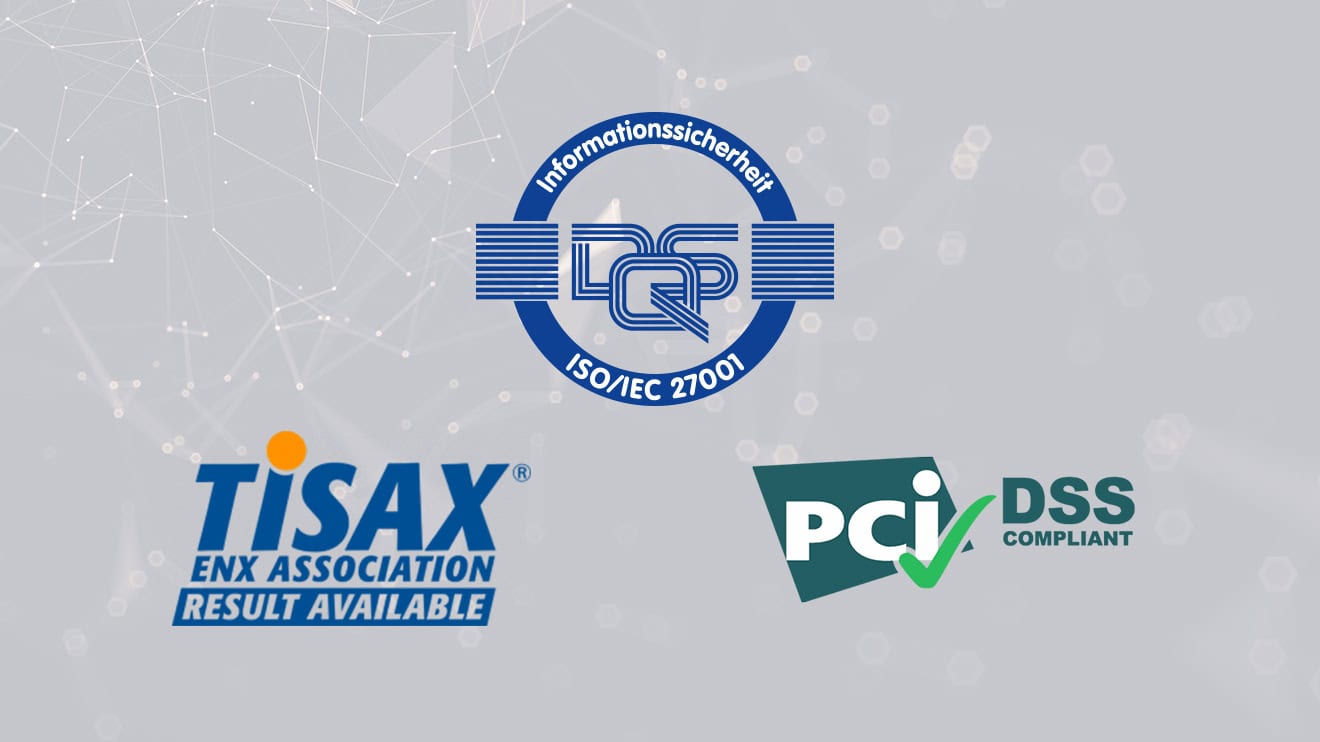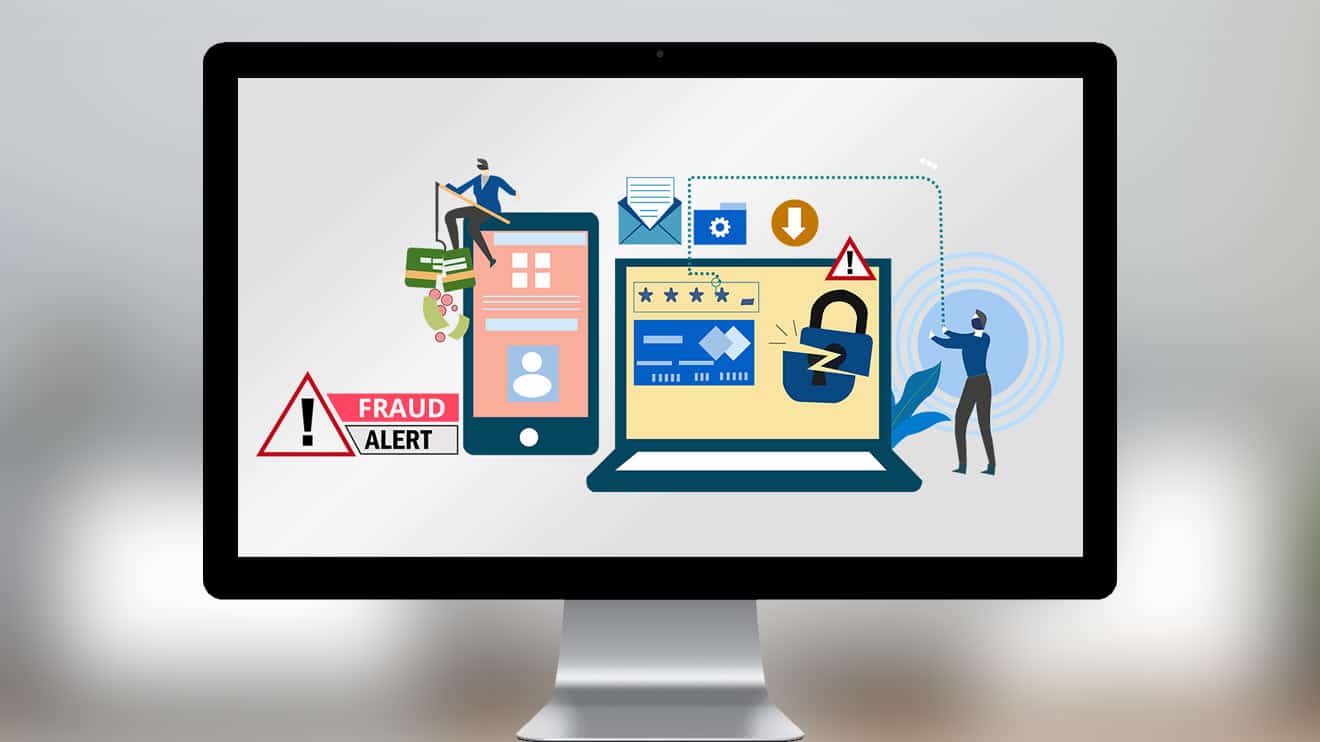Abo-Management & wiederkehrende Zahlungen für Online-Shops
Online subscriptions provide the opportunity for stable customer loyalty, calculable cash flows, and attractive additional sales through cross-selling and up-selling. Suitable payment features are important.

Be it for retirement plans, gyms or newspapers, from the customer's point of view long-term, relationships seem to have gone out of fashion in the analogue world. E-commerce is different: In recent years, subscription models have been achieving growth rates that are well above average. According to a survey by the software-rating platform Capterra, around 80 percent of all German online shoppers have already taken out at least one e-commerce subscription.1 In addition to music or streaming services, around one in three subscribed to other services, such as products they need regularly like razor blades, pet food or diapers, learning or fitness apps, or product boxes with a curated selection, for example, cooking boxes, cosmetics or business fashion. According to McKinsey, subscription models are growing at triple-digit rates in e-commerce.2 For 2025, the consultancy already forecasts a global market volume of more than 470 billion dollars.
What are the benefits of online subscriptions for retailers?
Subscription business models offer several interesting advantages, first and foremost stable, calculable revenues. Selling regularly to existing customers also reduces advertising and marketing costs and makes it easier to plan purchases. The long-term customer relationship provides valuable data and creates trust – ideal conditions for additional sales through cross- and upselling to loyal subscribers. A study by management consultants Deloitte found that 40 percent of customers used competing offers less frequently after taking out a subscription than before, while almost 60 percent increased their spending with the subscription provider.3 There are therefore good reasons for companies to look at what opportunities they have in the booming subscription commerce market.
How do I find the right subscription model?
Not all subscriptions are the same, and different subscription-commerce models are possible depending on the product range and target group.
- Classic subscription: Subscribers pay a fixed sum at agreed intervals for access to certain services or regular follow-up deliveries, for example weekly, monthly or annually. The payment amount, term and scope are fixed. Example: Subscriptions to streaming services, cloud storage, office software or an e-paper (access), diaper or pet food subscription (replenishment).
- Soft subscription: In the soft subscription model, customers also pay regularly, but the amount and scope of services can be varied individually from billing to billing. Example: If required, customers of a mobile communications provider can add additional data volume or international calls to their flat rate for a limited period at short notice. Customers of an organic store can order additional products to their weekly subscription delivery, remove unwanted products from the subscription shopping cart, or pause the subscription during their holiday. Learning app subscribers can unlock and unsubscribe from additional premium features such as personalized tests and repeats.
Although the soft subscription is more complex from a technical and organizational standpoint, it offers better opportunities for additional sales than the classic model. Many customers also appreciate the feeling of not having to commit and prefer being able to flexibly book or deselect services at short notice at any time with just one click. This flexibility, therefore, promotes the willingness to take out and retain soft subscriptions.
How can I offer subscription models?
Companies can easily benefit from the advantages of subscription commerce by defining suitable subscription plans to suit their product range and their customers’ needs and promoting them on the website, online store or other digital points of sale. The following points must be clarified for each subscription plan:
- billing interval, e.g. weekly, fortnightly, monthly, every 6 or 12 months
- price per interval, e.g. €15/month
- one-time registration or closing fees
- free or discounted trial period
- term or notice periods
- proportionate reimbursement or crediting of subscription fees (e.g. unused annual subscription fee in the case of annual payment, crediting of monthly subscription fees already paid in the case the customer switches to a more favourable annual contract)
- option of pausing the subscription or reactivating it after cancellation
- exclusive discounts or benefits for subscribers (e.g. upgrades at a preferential price, flat rate also for friends or family)
- classic subscription with fixed service or soft subscription with variable service scope
Do I need a payment processor to participate in subscription commerce?
Yes, this is highly recommended. The success of subscription models is determined not only by attractive services and prices but also by smooth payment processes. Lack of payment options or complicated registration procedures have been shown to reduce completion rates and thus profitability. In contrast, the more customers who book a paid subscription, the quicker advertising and customer acquisition expenses pay for themselves. Reliable and correct payment processing is also key to successfully scaling subscription commerce models. On the other hand, expired credit cards, returned direct debits or name or address changes are counterproductive. According to studies, such billing problems are responsible for 20 to 40 percent of subscriber attrition.
As a professional payment service provider, secupay supports both classic subscriptions and soft subscriptions with recurring, flexible payments. Benefit with secupay with
- proven payment options such as credit card, direct debit or Paypal
- easy integration via API, JavaScript or SDK
- Fraud prevention & accounts receivable management




